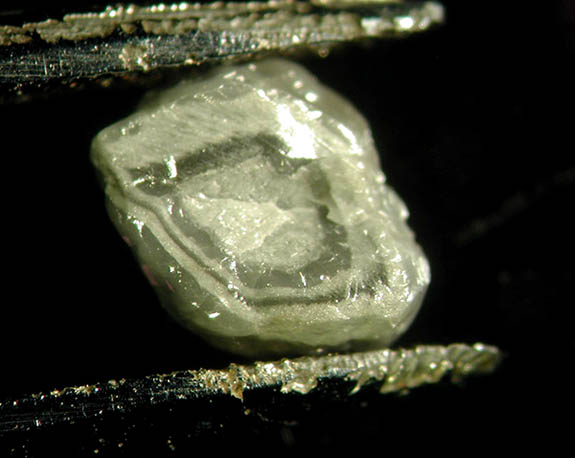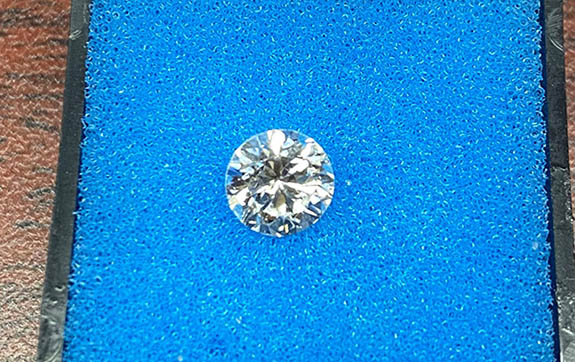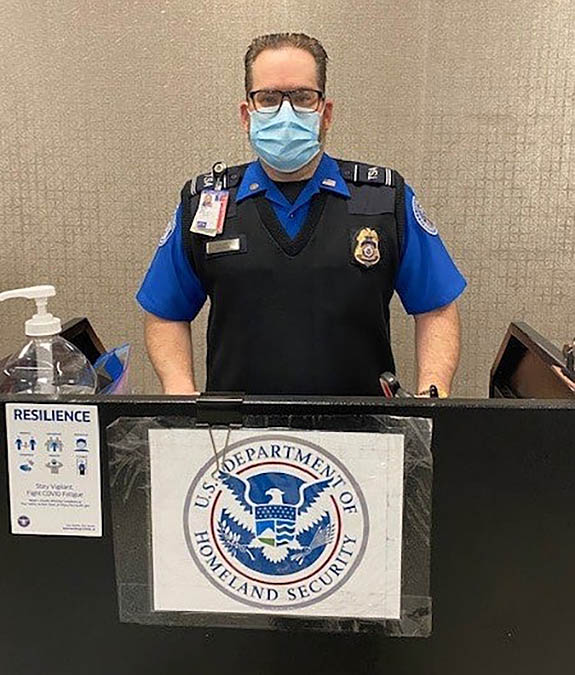Welcome to Music Friday when we bring you awesome songs with jewelry, gemstones or precious metals in the lyrics or title. Today, Grammy Award-winning Shawn Colvin overcomes self-doubt and finds her voice in the 1989 autobiographical release, "Diamond in the Rough."
Colvin uses jewelry and diamond imagery to describe an epiphany moment when she regained the confidence to pursue a music career.
Colvin begins the song by describing herself as an upbeat, self-assured, ambitious youngster.
She sings, "As a little girl I came down to the water / With a little stone in my hand / It would shimmer and sing / And we knew everything / As a little girl I came down."
But then self-doubt set in and Colvin's dreams became shrouded in darkness and despair.
She sings, "Heaven only knows what went wrong / There is nothing so cruel than / to bury that jewel / When it was mine all along / I'm gonna find it."
In the end, she finds her voice and achieves her dream of becoming a successful singer/songwriter. She compares that dream to a diamond in the rough: "You're shining I can see you / You're smiling that's enough / I'm holding on to you / Like a diamond in the rough"
Written by Colvin and John Leventhal, "Diamond in the Rough" appeared at the second track of Colvin's debut studio album, Steady On.
"Diamond in the Rough" also became the title of the artist's painfully honest 2012 memoir, in which she recounts her bouts of self-doubt and depression.
Born in Vermillion, SD, in 1956, Colvin learned to play the guitar at the age of 10 and honed her vocal skills as a member of her church's choir. She performed in all of her school's musicals and started singing in clubs as an 18 year old. As a college student performing at bars near Southern Illinois University, Colvin would earn $30 for four 45-minute sets.
After moving to New York City and performing in off-Broadway shows, Colvin was featured in Fast Folk magazine, which led to a gig singing backup on the song "Luka" by Suzanne Vega. Colvin toured with Vega, opening the door for a contract with Columbia Records.
Colvin is best known for her 1997 smash hit, "Sunny Came Home," which won the 1998 Grammy Awards for both Song and Record of the Year.
The artist will be starting a coast-to-coast, eight-month tour on September 29, with appearances in 25 states.
Please check out Colvin's live performance of "Diamond in the Rough." The lyrics are below if you'd like to sing along…
"Diamond in the Rough"
Written by Shawn Colvin and John Leventhal. Performed by Shawn Colvin.
As a little girl I came down to the water
With a little stone in my hand
It would shimmer and sing
And we knew everything
As a little girl I came down
But in a little while I got steeped in authority
Heaven only knows what went wrong
There is nothing so cruel than
to bury that jewel
When it was mine all along
I'm gonna find it
You're shining I can see you
You're smiling that's enough
I'm holding on to you
Like a diamond in the rough
Every now and then
I can see that I'm getting somewhere
Where I have to go is so deep
I was angry back then and you
know I still am
I have lost too much sleep
But I'm gonna find it
You're shining I can see you
You're smiling that's enough
I'm holding on to you
Like a diamond in the rough
Like a diamond in the rough
In my dreams I go down by the water
With a little girl in my arms
And we shimmer and sing
And we know everything
In my dreams I go down
You're shining I can see you
You're smiling that's enough
I'm holding on to you
Like a diamond in the rough
Like a diamond in the rough
Credit: Screen capture via YouTube.com / eTown.



